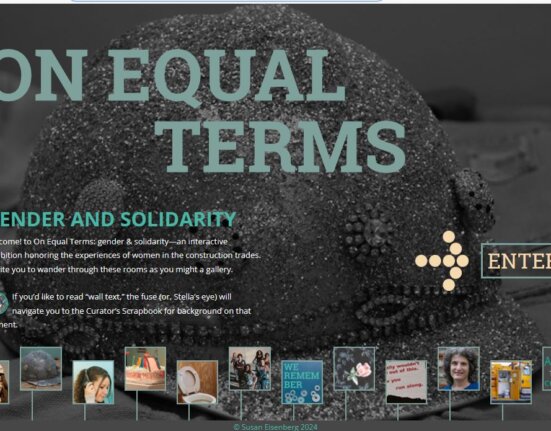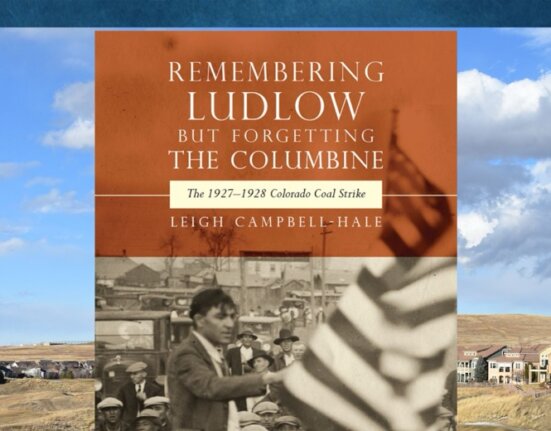For years, the labor movement has talked of the need to build coalitions with other social movements. During the Trumka presdiency, the AFL-CIO has become more serious about alliance building. At the recent AFL-CIO convention, alliances with the NAACP and Sierra Club were heavily promoted. Terry O’Neill, president of the National Organization for Women, spoke on the convention floor. The United Steelworkers and Sierra Club work together on the Blue Green Alliance. Last week, the federation and the United Students Against Sweatshops announced a partnership, one that will help build connections between a young generation of labor activists and the official labor movement. Organized labor has become a key supporter of immigration reform, moving beyond its traditional opposition to immigration.
Labor historians and activists have embraced the idea of alliances and coalitions. Several essays in the recently released Daniel Katz and Richard Greenwald edited volume Labor Rising suggest that labor must reach out to other movements in order to thrive. Many of us agree that organized labor’s slump cannot be rectified without reaching out to other progressive groups who have often felt alienated from organized labor since at least the 1960s.

But of course the American union movement is diverse and fractured. Some unions have embraced the relationships with the NAACP and Sierra Club. But others, particularly in the trades, are somewhere between wary and hostile. Laborers president Terry O’Sullivan has been particularly outspoken in his anger over the Sierra Club’s opposition to building the Keystone XL Pipeline. O’Sullivan has both accused environmentalists of betraying labor for opposing the pipeline and publicly castigated unions who do not have a direct stake in the pipeline to shut up about it. International Association of Fire Fighters president Harold Schaitberger warned about the federation becoming “the American Federation of Progressive and Liberal Organizations.”
We might bemoan these attitudes but we also have to take them seriously. It’s worth thinking more deeply about the mechanics of what these alliances might look like. How should the federation respond when stopping a environmentally disastrous construction project will cost members jobs? Should unions without a stake in employment oppose another union who does have that stake? Does the fight for a sustainable climate take precedence over a few hundred or few thousand union jobs? These are really hard questions to answer.
In my own book-in-progress on timber worker unions and environmental issues in the Pacific Northwest forests, there is one potential lesson. In 1978, Redwood National Park was expanded, despite protests from the timber industry, the United Brotherhood of Carpenters (who represented most of the timber workers in northern California), and the California state AFL-CIO. Yet in the final bill, the Sierra Club and organized labor worked together to create the Redwood Employee Protection Plan. REPP offered up to six years of direct government benefits for any worker who lost a job because of redwood forest protection. It served as a lifeline to workers in a dying industry. REPP had its problems, including discomfort with such generous provisions from the Carter Administration and outright hostility from Reagan. When it ended in 1984, most of the major players considered it a failure. I don’t have space to explore the details of the plan or its problems here. But I do think that both labor and environmentalists can look to REPP as at least one case where two potentially powerful movements allied (even if it was an alliance of begrudging convenience) to create an unprecedented federal program for American workers while also protecting an ecologically special place.
I certainly have no comprehensive answer on how to solidify alliances between progressive organizations and a diverse cast of American unions. But I do hope we can look into the past to suggest useful events from the past with potential to help us build these labor-progressive alliances in the present.








2 Comments
Comments are closed.